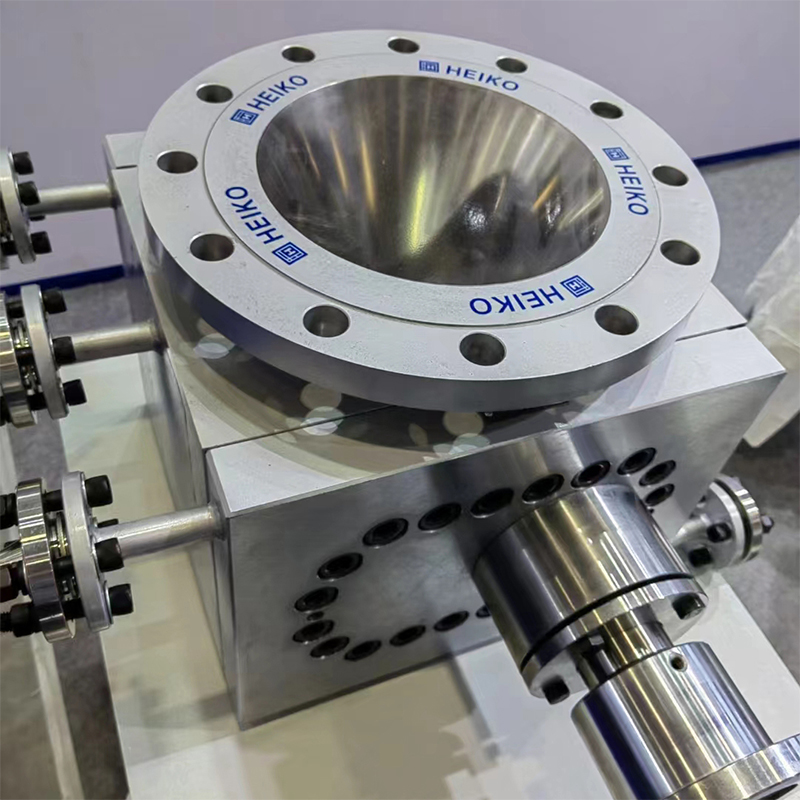How much pressure can a reactor melt pump withstand?
The pressure range that a reactor melt pump can withstand varies depending on its specific model and design, but it generally has a high pressure-bearing capacity. Below are the pressure ranges and related technical parameters of reactor melt pumps compiled from multiple sources:
I. Pressure Range
Inlet Pressure: The inlet pressure of a reactor melt pump typically ranges from vacuum to a certain positive pressure. Specifically, it can withstand vacuum (-0.05 to -0.09 MPa) up to a positive pressure of 4 MPa or 5 MPa. This means the pump can handle various operating conditions ranging from high vacuum to medium positive pressure.
Outlet Pressure: Outlet pressure refers to the maximum pressure that a reactor melt pump can output. Depending on the model and design, the outlet pressure can reach up to 0 to 35 MPa or lower (such as 0 to 276 Bar, 0 to 15 MPa, etc.). This indicates that the pump has powerful pressure output capabilities and is suitable for applications requiring high-pressure transportation.
Differential Pressure: Differential pressure refers to the maximum pressure difference that the pump can withstand during operation. The differential pressure range of reactor melt pumps is typically between 15 and 25 MPa, depending on the pump model and specifications.
II. Other Related Technical Parameters
Viscosity of Conveyed Medium: Reactor melt pumps are suitable for conveying high-viscosity media, with a viscosity range typically between 140,000 Pas (corrected from the original error, which should be a range within reasonable viscosity units like Pas or cP, but here we assume it means a high viscosity value for illustration purposes) or within a range that could be interpreted as 1,000 to 40,000,000 cP (note: the original number seems to have a typo, so this is an interpretation). This means the pump can handle various media ranging from low to extremely high viscosity.
Operating Temperature: The operating temperature of reactor melt pumps usually does not exceed 350°C. This indicates that the pump maintains good working performance and stability in high-temperature environments.
Heating Method: Some reactor melt pumps use electric heating or thermal oil heating to meet heating requirements under different operating conditions.
In summary, reactor melt pumps have a wide range of pressure-bearing capabilities and other related technical parameters, making them suitable for various operating conditions and media transportation needs. When selecting a melt pump, it is important to choose the appropriate pump type and specification based on the specific application scenario and media characteristics.
Email: sale@heikomachinery.com
WhatsApp: +86 13803717447
Previous:Application Cases of Dual-Column Hydraulic Continuous Screen Changer
Next:What are the reasons for unstable pressure in melt pumps
